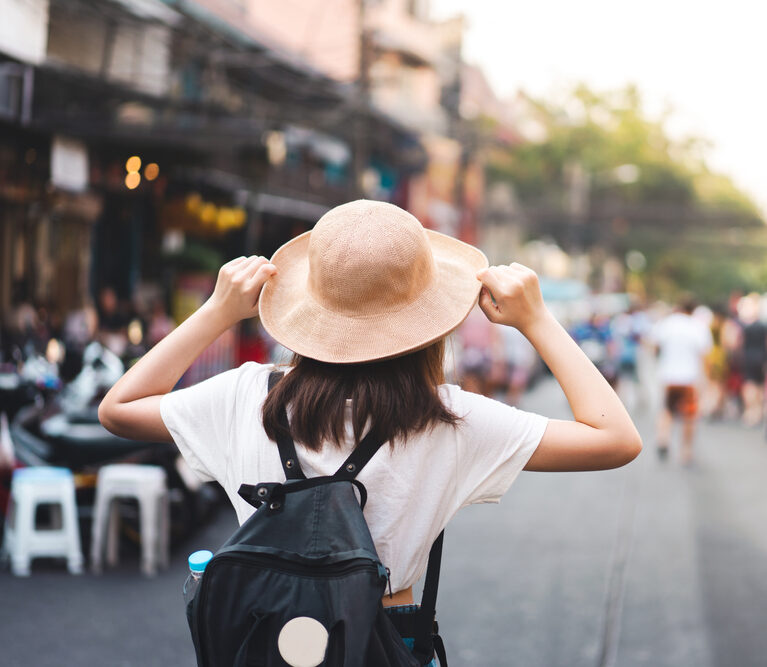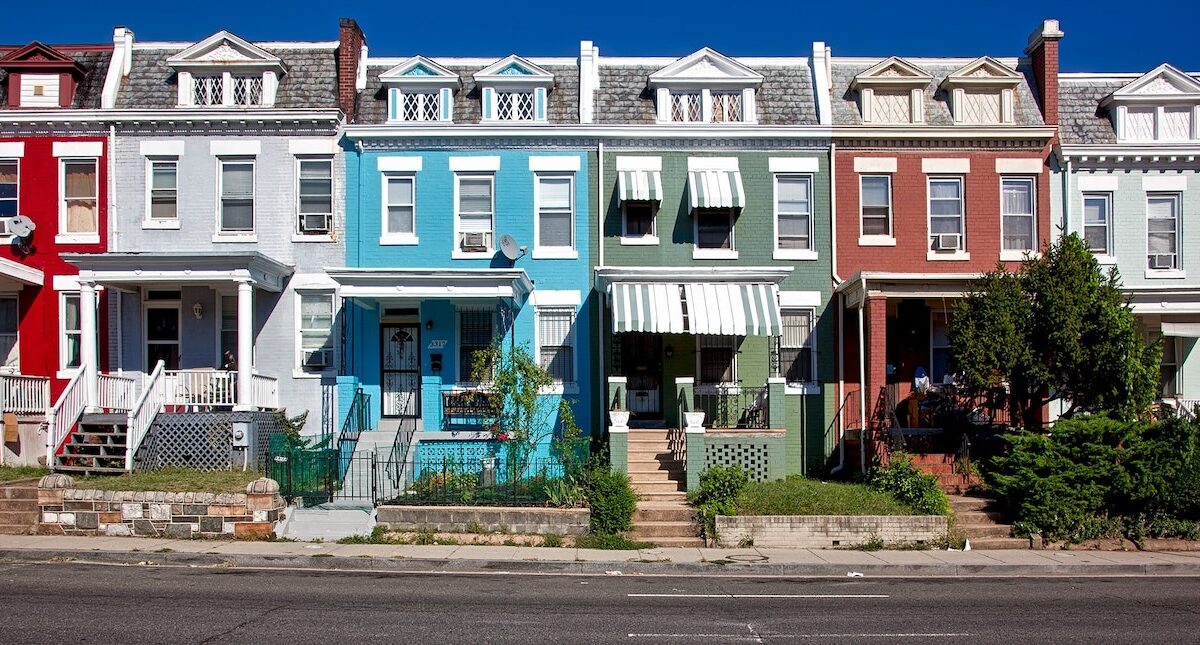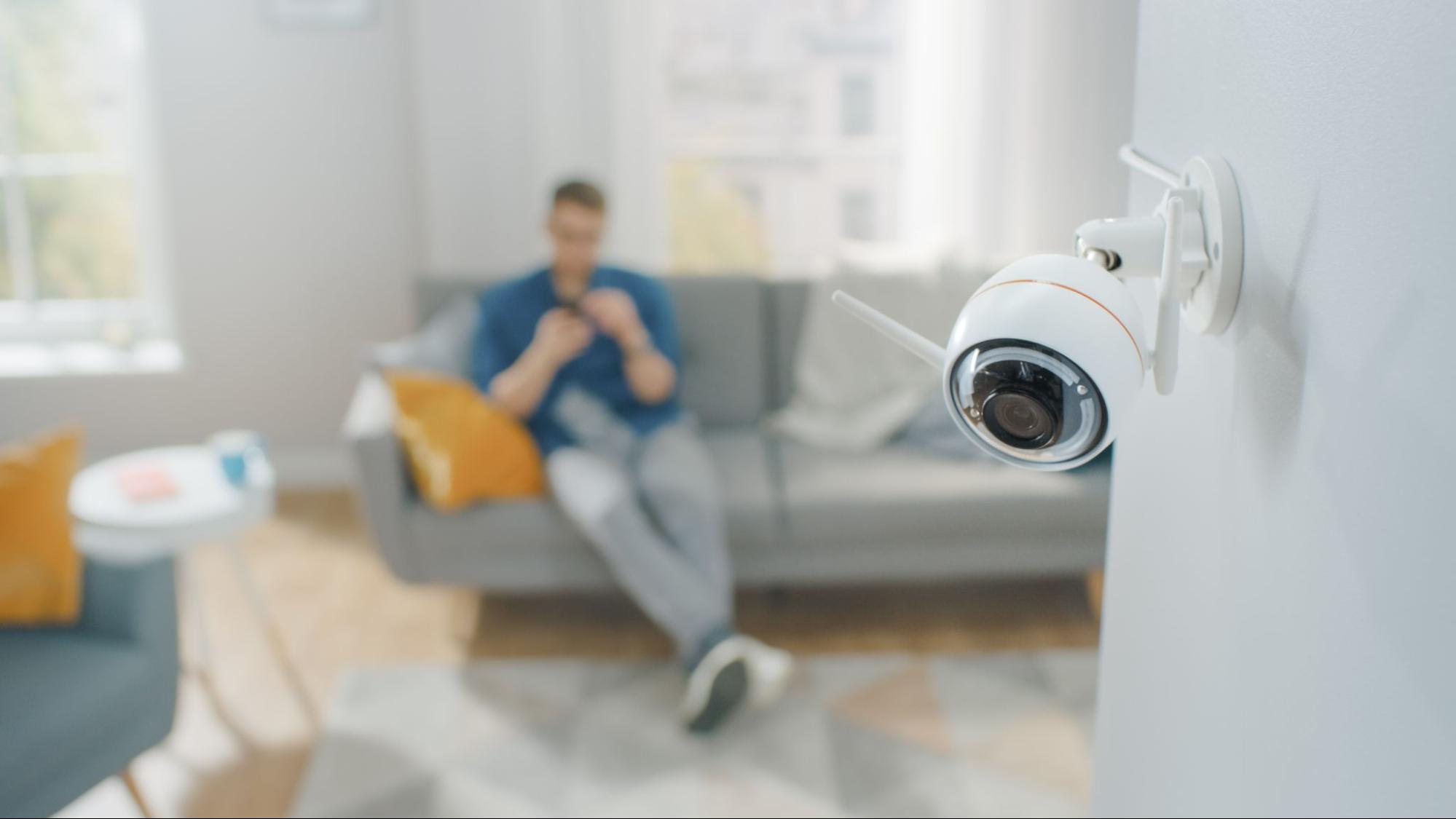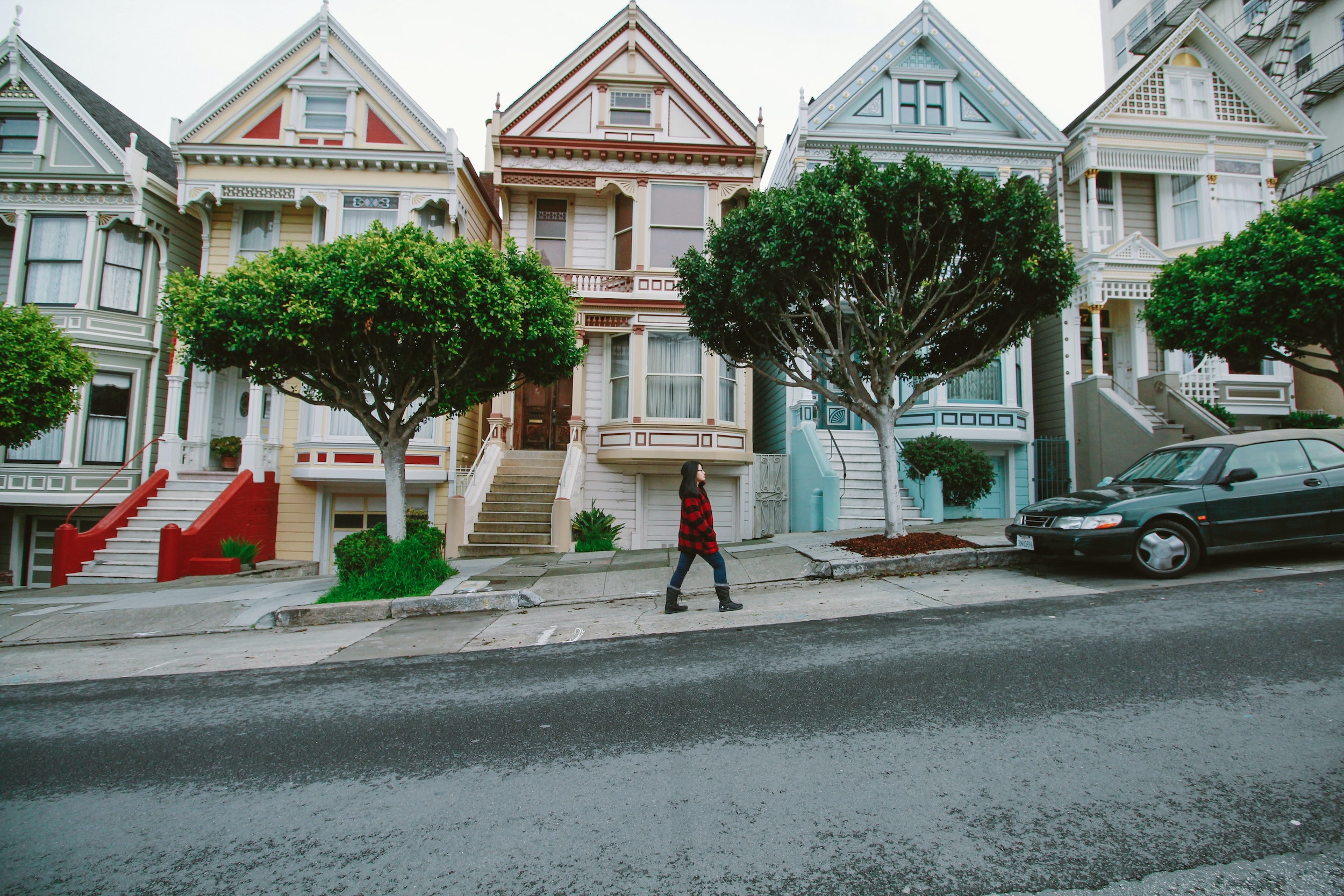
How to Gauge the Safety of the Neighborhood You’re Moving To

Moving guides consistently cite safety as one of the major determinants in choosing a new home and neighborhood, and for good reason. Feeling safe in your home and neighborhood allows you to fully rest, relax, flourish, and enjoy life.
But how do you know if a new home or neighborhood will be safe for you before moving in?
Whether you’re moving to a new apartment locally or far, far away, this guide will help you understand what feeling safe means to you and learn how to gauge a neighborhood’s safety before you make the move, covering:
- What is safety?
- Gauging safety from afar
- Gauging safety locally
- Steps to take to feel safe anywhere
What is safety…exactly?
Before we talk about how to find an apartment in a safe neighborhood, let’s establish a few definitions surrounding the issue of safety.
Broadly, safety is defined as freedom from harm or danger. While neighborhood safety has mostly become synonymous with the issue of crime, in fact, safety also encompasses:
- Infrastructure, such as sidewalks, street crossings, railroad tracks, and traffic
- Environmental factors, such as stray or wild animals, trees and undergrowth, and weather conditions
Remember, like beauty, safety is a relative concept. What feels safe to one individual might feel unsafe to another. Knowing your own personal tolerance for feelings of safety and danger is important to determining whether a neighborhood will be a good fit for you.
Physical safety versus psychological safety
It used to be that safety was judged simply by statistics regarding actual physical harm. However, the issue of psychological safety has recently begun to gain traction in the conversation:
- Physical safety: The absence of harm or injury
- Psychological safety: The emotion of feeling that you are free from the threat of harm
Even if you are physically safe, you may feel endangered if you don’t feel emotionally safe in your new apartment. This emotion is both valid and can even influence your health. As such, finding an apartment and neighborhood where your mind and body are at ease is essential.
What does safety mean to you?
Knowing your tolerance for the different aspects of safety will help you gauge whether a certain apartment or neighborhood is a good fit for you.
Before beginning a search for a new home, ask yourself:
- Do I feel more at home in a rural, suburban, or urban environment?
- Do I feel comfortable parking my car in a garage, lot, or on the street?
- Am I out at night often, and how does that feel?
- Do I enjoy walking or driving to recreation and entertainment?
- Do I exercise outdoors? When and what makes me feel at ease doing this?
- Will I have guests or visitors who feel differently than I do on these issues?
There are no right answers to these questions. They are merely guideposts to help you understand what environment best suits your needs.
Gauging safety from afar
Moving to an apartment in a faraway place can be a stressful event—from signing a lease to packing your belongings and cleaning your old apartment, not to mention actually arriving as a stranger in an even stranger land.
That can be a lot!
However, one factor you can control ahead of time is how well you understand the safety of your new neighborhood.
Given the range and depth of information available online, researching safe neighborhoods can be simple in many cases. For most big cities and many smaller municipalities, copious information is available online. However, before beginning to research, zero in on the search terms you want to use. Consider:
- Does your neighborhood go by a specific nickname?
- Are you interested in property crime, violent crime, or both?
- Does it matter to you if there are sex offenders or halfway homes nearby?
Once you have a handle on what you want to know and what the boundaries are, simply Google your new neighborhood to see whether it’s one of the safe neighborhoods in the area. Then, follow your basic search by visiting some websites specific to neighborhood crime. The top online networks and official websites of businesses providing safety statistics and research are:
You may also be able to access the local police or sheriff’s department website to look at the city’s crime rate, updates, reports, and trends. Even the federal government maintains two crime-statistic websites that can provide you with a bigger picture regarding your new neighborhood’s safety:
What if there isn’t any information online?
However, if you’re moving to an area with scant safety information online (say, a rural community without a town center), you can still get information about crimes by calling city services like the local law enforcement authority.
Gauging safety locally
If you’re moving to a new neighborhood that is close to your old apartment, there are several additional ways to get even more information. While you absolutely should still utilize the online resources listed above, you can also take advantage of your proximity to visit the neighborhood in person.
Here are some things to look for and ways to engage your new neighbors:
- Take a daytime drive through your new neighborhood, looking for:
- Law enforcement presence
- Children and our youth playing outdoors
- Graffiti, litter, or signs of neglect
- Loitering
- Abandoned vehicles
- Take a nighttime drive, looking for differences from the daytime activity.
- Walk the neighborhood in daylight to get a feel for your level of comfort.
- Speak with locals in the park, grocery store, coffee shop, or at local businesses.
- Check in with a neighborhood watch group to update yourself on recent crime in the area. Local community members can network and advocate for safer neighborhoods and increased public safety through apps such as NextDoor and Ring Neighbors.
Steps to take to feel safe anywhere
Even if you’re moving to a neighborhood that feels completely quiet, safe, and comfortable to you, basic personal safety should always be a part of your lifestyle. Whether you live in a rural community or a city center, here is a list of basic safety precautions and considerations you should always keep in mind while on the street, in your apartment, and in your vehicle.
On the street
How you present yourself while walking in public matters. Always:
- Be alert and trust your instincts
- Walk calmly, confidently, and with a sense of purpose
- Don’t accept rides or gifts from strangers
- Stick to well-lit, well-traveled routes
- Walk with a buddy or group when possible, especially at night
- Avoid shortcuts through wooded areas, parking garages, and alleys
- Carry your backpack or purse closed and tucked near your body
- Don’t display cash, expensive electronics, or jewelry
- Have your keys in your hand before reaching your door
- Don’t doze, daydream, or becomes deeply engrossed in your phone while waiting for or using public transportation
- Keep the volume of your headset low enough to hear your surroundings
- Call for help if you see something suspicious
At home
When in your apartment, you should always observe these apartment safety basics:
- Lock your door whether you are home or out
- Don’t open your door to strangers, even if they say they need help or represent your utility company
- Don’t let it be widely known that you live alone
- Change the locks when you move in to a new apartment
- Call the police if something doesn’t seem right
- Leave porch or outdoor lights on at night
In your vehicle
While you may feel very safe inside your own vehicle, always be alert to possible danger:
- Don’t leave valuables in your vehicle
- Park in a well-lit place
- Be aware of occupied vehicles near yours
- Enter and exit your car quickly
- Never argue with a carjacker
- Never agree to go along with a kidnapper
By observing basic safety habits while on the street, in your home, and in your vehicle, you can reduce the likelihood that crime will happen to you. It’s important to note that being a victim of violent crime is relatively unlikely in the United States. If you practice good safety, avoid bad neighborhoods, and stay aware, you are statistically unlikely to become a victim of crime. That being said, always protect yourself and your valuables.
Land safely
Safety is a paramount concern in any house, apartment, or neighborhood search. But knowing where to find reliable information about crime and danger in a new town or city can be daunting. While you don’t want to be terrified of every shadow, being savvy about safety is important.









